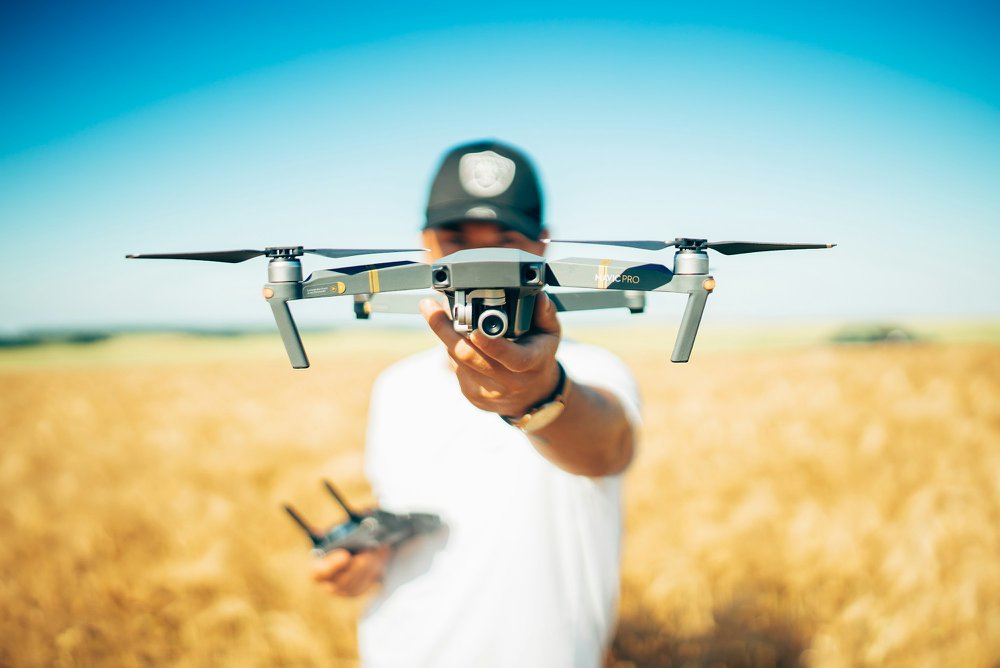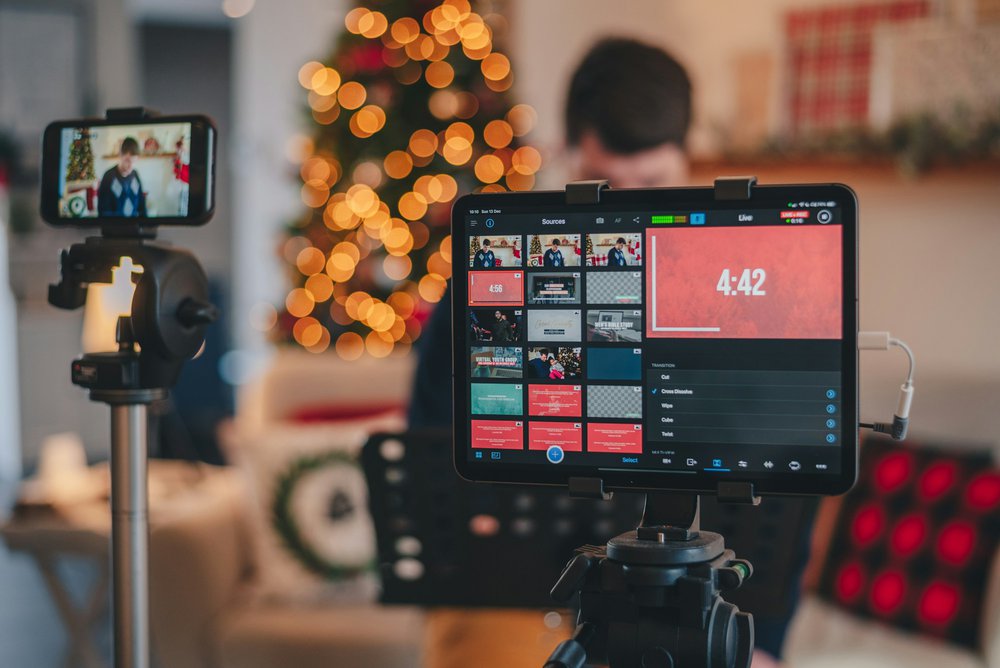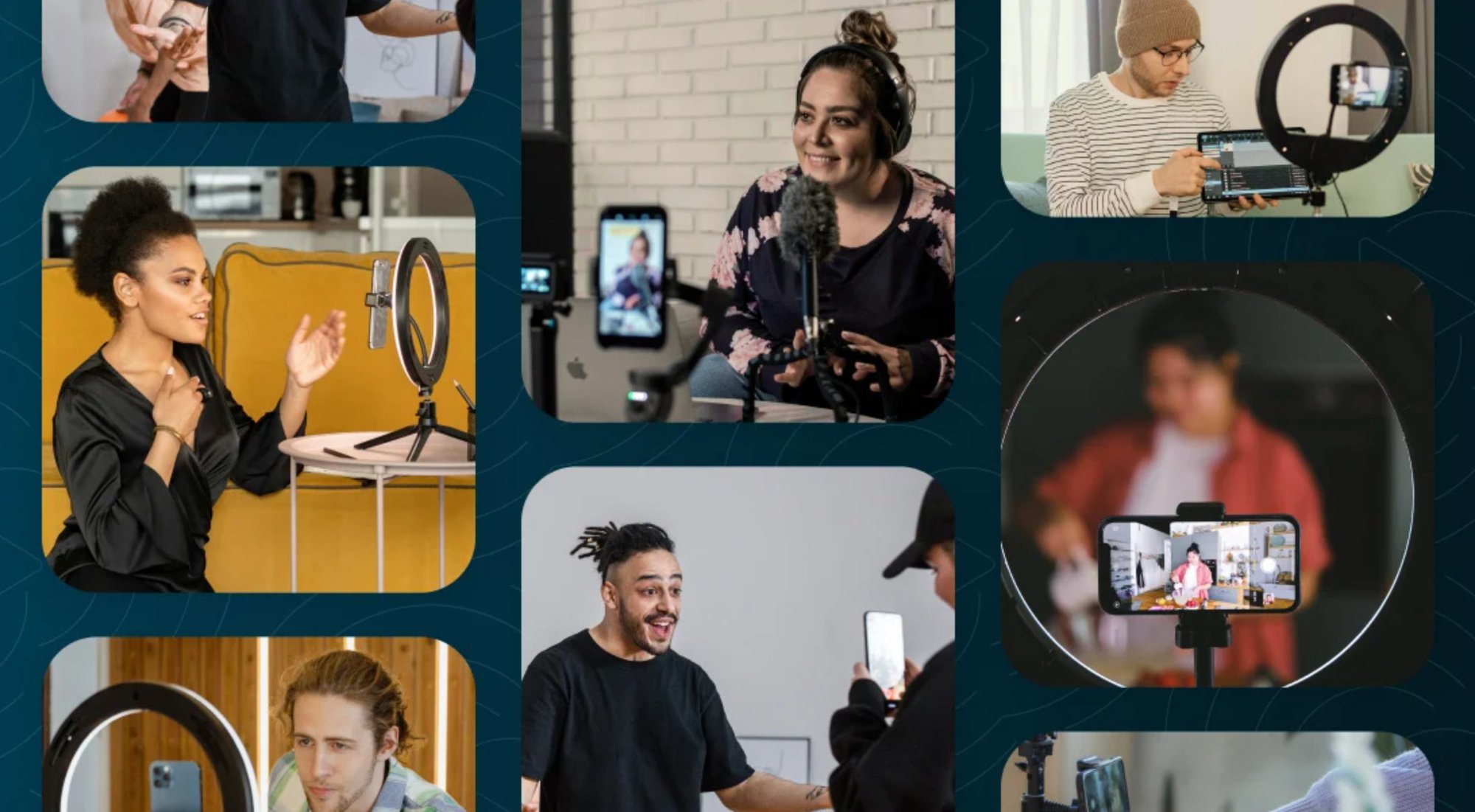The world of video marketing doesn’t stand still for long. Every scroll, swipe, and tap shapes how audiences discover and connect with brands.
Right now, short form video rules the feed across all major social media platforms. It’s quick, easy to consume, and built for attention spans that keep shrinking. But it’s not just about speed. Brands are also using smarter video creation tools and new AI-powered workflows to tell better stories in less time.
As video content becomes the most influential form of communication online, one thing is clear: creativity still wins. The best videos aren’t just trendy. They are intentional, authentic, and built around how real people watch and interact.
Here’s a look at the video trends shaping 2025 and how the most effective brands are setting up for success in 2026.
What Carried Over from 2024
2024 reshaped how we think about video marketing, and most of those shifts are still driving results today. From AI video tools to the rise of short form video content, the habits audiences built last year are setting the tone for 2025. These continuing shifts are shaping how B2B and corporate teams approach video production today.
With nearly all online video content now watched on mobile devices, bite-size clips continue to dominate global internet traffic. For video marketers, that means creating engaging, fast-loading videos tailored for each social media site and understanding that attention spans are shorter than ever.
AI in Video

AI hasn’t replaced human storytellers; it has simply become part of the process. Brands are using AI video tools for automated editing, captioning, and ideation, freeing up teams to focus on storytelling and strategy. But even with the latest automation, human creativity remains the backbone of every great piece of content. The brands that find the balance between speed and authenticity will continue to win.
Beyond production, AI video tools are also helping brands optimize how videos perform online. By analyzing viewer engagement and keywords, these tools simplify video SEO, helping marketers improve metadata, boost visibility, and make video pages rank higher in search engine results.
For creative teams, it’s another way to combine strategy and storytelling for measurable growth and content performance across platforms.
The Ad Spend Shift
The balance has officially tipped: digital and social media video now capture more ad spend than traditional TV. This shift is driving smarter video marketing strategies across industries. Companies are rethinking how they distribute budgets spending less on broad awareness campaigns and more on targeted, data-backed marketing efforts that actually convert.
According to DataReportal/Statista, global ad spend reached US $1.1 trillion in 2024, with digital advertising accounting for the majority of that total. This shift highlights how brands are investing in performance-driven video marketing strategies that deliver measurable ROI.
For B2B organizations, that means investing in corporate video production and strategic storytelling that delivers measurable ROI. Digital marketing budgets are being optimized for video-driven awareness and retention, proving that well-planned content outperforms one-off campaigns every time.
Short Form Still Rules

You’ve probably noticed how every feed feels faster now. Short, vertical, and made for mobile short form video content continues to dominate social feeds. Between Instagram Reels, YouTube Shorts, and TikTok, the demand for quick, scroll-stopping short clips has never been higher.
A recent analysis shows that videos will account for around 82% of all consumer internet traffic by 2025.
That level of dominance confirms why short-form video content and mobile optimization are non-negotiable.
These formats aren’t just for entertainment anymore; they’ve become powerful tools for education and brand storytelling. Companies use short form video to introduce new products, highlight testimonials, and drive direct engagement across social media platforms. For video marketers, short form remains the most effective way to meet audiences where they are.
Pro Tip: Keep your short-form videos under 30 seconds and focus on one clear idea. The faster you deliver value, the more likely viewers are to finish and share it.
Shoppable and Interactive Videos
Interactive and shoppable videos are taking eCommerce and brand engagement to a whole new level. Viewers can now explore, tap, and purchase directly from streaming platforms without ever leaving the video. These interactive formats are bridging the gap between awareness and action turning passive viewers into active customers in seconds.
As this format continues to evolve, video marketers are exploring ways to integrate shoppable videos into B2B and corporate experiences, from product demos to event highlights. It’s a clear sign that content creation and commerce are becoming more connected than ever.
The Video Trends Defining 2025 (and What’s Coming Next)

The biggest video marketing trends of 2025 are all about balance between technology and creativity, automation and authenticity, and speed and storytelling. Here’s what’s shaping how brands create content this year and beyond.
1. More AI, More Efficiency
Even more video marketers are experimenting with AI tools to speed up scripting, captioning, and automated editing. Modern AI video tools help teams generate rough cuts, visuals, and even custom voices faster than ever.
Read more about how AI is reshaping video production here.
But the real value comes when human creativity leads the process. AI is a time-saver, not a storyteller. The best videos still rely on creative direction, tone, and emotional depth that algorithms can’t replicate. AI video tools are also improving video SEO and helping brands optimize content performance across platforms.
2. AI Ethics Take the Spotlight
With AI now everywhere, audiences are starting to question what’s real and what’s not. Audience behavior is shifting, people still enjoy polished content, but they connect more with transparency.
For video marketers, that means being upfront about when AI is used in production or visuals. As the line between synthetic and authentic blurs, creative teams are working harder to build trust and keep human creativity at the center.
3. The Return of Long-Form Video
It’s not all about fast content. Long form content is quietly making a comeback as viewers look for substance. From brand and corporate storytelling to educational content and detailed product demos, longer videos are becoming a key part of a balanced video marketing strategy.
These formats give brands space to explain, teach, and connect, something a 10-second clip can’t always achieve.
4. Building Digital Asset Libraries
Instead of shooting one-off videos, companies are now planning larger video projects that generate months of content. These shoots produce clips, ads, and visuals for different marketing campaigns and media placements, keeping creative fresh all year.
This “bulk creation” approach helps teams create content more efficiently without sacrificing quality.
5. Authenticity and User-Generated Content Lead the Way
The rise of user generated content has completely reshaped how people engage with brands. Viewers crave authentic content, the kind that feels spontaneous and relatable.
Across every platform, online culture is rewarding brands that create videos with real people, real stories, and less polish. It’s not about being perfect; it’s about being believable.
According to Sprout Social, 66% of consumers say they trust user-generated content more than brand-produced visuals.
6. Drone and Aerial Footage Keeps Evolving

Dynamic visuals still matter, and drones are redefining what’s possible in video storytelling. From wide landscape shots to detailed flyovers, drone videography adds cinematic flair and engaging content to any campaign.
As technology improves, video creation tools are becoming more advanced, allowing teams to capture and integrate aerial shots directly into larger video projects. It’s one of the few trends that feels as inspiring as it is practical.
What to Watch for in 2026
As video technology evolves, new formats and viewing habits are already taking shape. The next wave of video marketing trends will focus on connection, personalization, and smarter use of data.
Here’s what’s on the horizon for 2026:
1. Interactive Videos Go Mainstream
Interactive videos are becoming a major storytelling tool. Viewers want to participate, not just watch, and brands are responding with interactive elements built right into the experience, such as:
- Clickable storylines that let viewers choose their path.
- Polls and quizzes that invite real-time engagement.
- Product tags that connect directly to shoppable moments.
As these interactive formats grow, teams will lean on video SEO tactics to help these clips rank directly in search engine results, driving both engagement and visibility.
As short form content continues dominating social media, brands are pairing interactive videos with trending audio to increase reach and retention.
2. Live Streaming Keeps Expanding

The global live streaming market continues to boom. More companies are hosting live Q&As, behind-the-scenes events, and video podcasts to build community in real time.
According to Grand View Research, the global live streaming market is projected to reach US $345 billion by 2030. Real-time formats like live Q&A, behind-the-scenes events and video podcasts are rapidly becoming central to brand strategy.
From product demos to launch events, live streaming gives audiences a sense of connection that pre-recorded content can’t match, and the numbers show people keep tuning in.
3. Smarter Video Storytelling
Expect to see brands use data-driven video storytelling to deliver more personalized viewing experiences. With AI insights and analytics, creative teams can adapt tone, pacing, and visuals based on what keeps people watching. The result? Content that feels custom-made and delivers valuable insights for better campaigns.
This approach gives B2B and corporate teams clearer insights to guide future video production projects.
4. Search-Optimized Video Content
As search engines prioritize multimedia, optimizing for video SEO is becoming just as important as text-based strategy. Videos that provide clear information, captions, and strong metadata will rank web pages higher and reach broader audiences across platforms.
5. The Rise of Hybrid Formats
Expect lines to blur between traditional content and video-first formats. Think video podcasts, interactive learning clips, and short form video that doubles as blog or email content. These hybrid styles give marketers more ways to reuse and repurpose, keeping strategies flexible as audience attention shifts.
As 2026 unfolds, we’ll be watching these metrics closely to see how these predictions hold up. The video landscape moves fast, and staying flexible with your video marketing strategy is the best way to stay ahead.
We’re already seeing a shift in how corporate and B2B teams approach video… and the smart ones are adapting.
Frequently Asked Questions
Is short form video still the best format for social media?
Yes. Short form videos continue to dominate all major social media platforms because they’re quick, engaging, and easy to watch on the go. For most brands, short clips drive stronger engagement among mobile users than any other format.
Do long form videos still perform well in 2025 and beyond?
Absolutely. Long form videos are ideal for educational content or storytelling where viewers want more depth. While short clips capture attention fast, long form builds trust and authority among online video viewers looking for meaningful insight. See how long form storytelling works in corporate video.
How can I make video content more engaging?
Focus on creating engaging content that connects emotionally. Mix storytelling, clear messaging, and visuals designed for vertical and mobile formats. Use captions, music, and pacing that match audience behavior.
Are mobile-first videos essential now?
Yes. Most online video content is consumed by mobile users, making mobile-first design non-negotiable. Vertical framing, bold text, and quick intros help brands capture attention before users scroll past.
How do I know if my video length is right?
Match your video length to your goal. Use short form videos for awareness and quick engagement, and long form videos for education, demos, or brand storytelling. The best-performing content gives value fast, no matter the runtime.
Ready to get ahead of the curve with your video content? If you’re looking to boost engagement and build a stronger video marketing strategy, you’re in the right place.
Let’s bring your story to life and make your next video your best-performing one yet.
Contact our team to get started!









